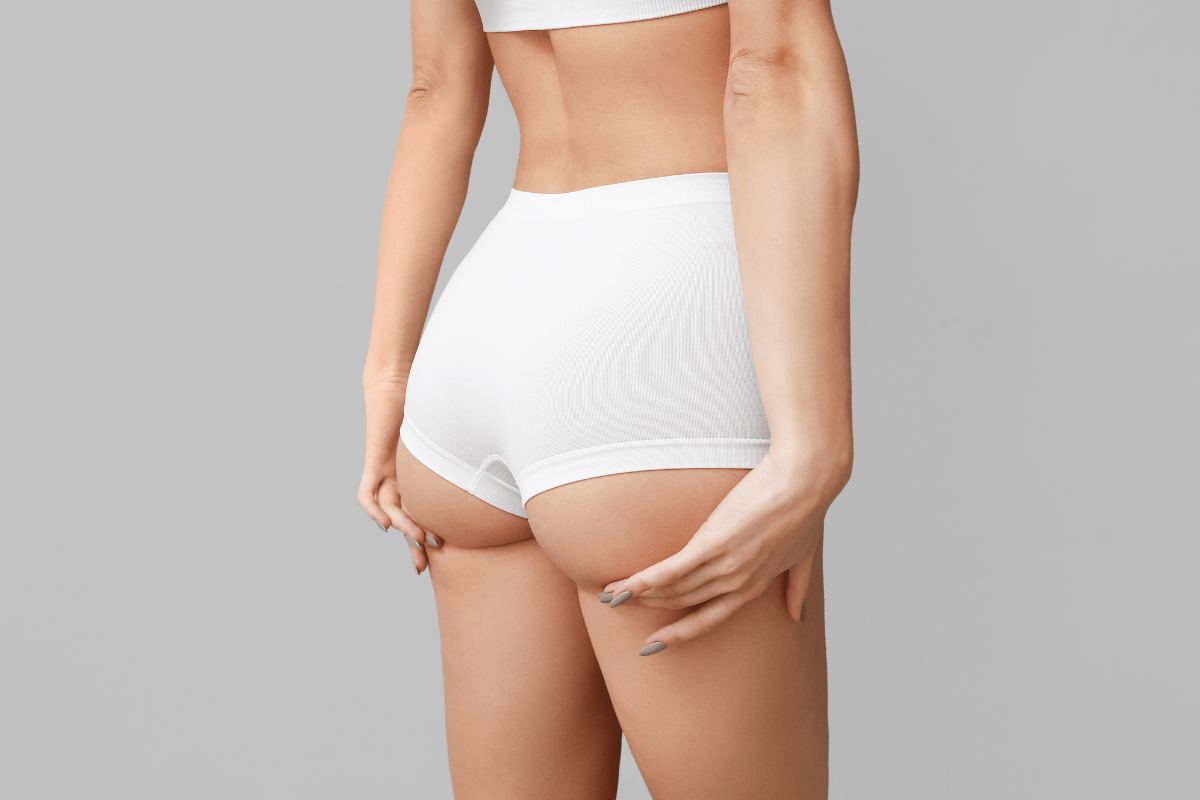
Join now for exclusive pricing & express shipping
Bella’s journey with forehead Botox began with a struggle against low self-esteem, stemming from perceived facial imperfections like uneven skin tone and deep-set forehead lines. She used makeup to hide these concerns but realized that her insecurity was tied to anxiety and depression, affecting her overall well-being. Eager to find a solution, Bella extensively researched Botox, read success stories, and sought advice from family members who had tried it. She decided to try it after thoughtful deliberation and conversations with her mother.
Bella received 15 units of Botox injected into her forehead, embarking on a transformative experience. Despite initial nervousness, the procedure was quick and virtually painless. In about 20 minutes, the redness subsided, revealing smoother skin and a line-free forehead. This subtle change made a significant impact on Bella’s self-esteem. She no longer felt the need to carry a makeup bag everywhere, and contrary to her fears, her face felt entirely natural, dispelling the “frozen” look often associated with Botox.
Bella’s journey with forehead Botox wasn’t just about cosmetic enhancement; it was about regaining confidence and overcoming deep-seated insecurities, leading to a more positive and empowered sense of self.
Forehead Botox, also known as Botox for the forehead or Botox for the frontalis muscle, is a cosmetic medical procedure that involves botulinum toxin injections (commonly known by the brand name Botox) to reduce wrinkles and fine lines on the forehead. The frontalis muscle in the forehead creates horizontal lines when it contracts.
During a Forehead Botox procedure, a healthcare provider injects small amounts of botulinum toxin into specific points on the forehead. This injection temporarily weakens the frontalis muscle, smoothing the skin and reducing the visibility of wrinkles and lines.
Forehead Botox is a non-surgical and minimally invasive cosmetic treatment popular for providing a more youthful and relaxed appearance. The effects typically last several months, and repeated treatments may be necessary to maintain the desired results.
The frontalis muscle plays a pivotal role in facial expressions, raising the eyebrows and creating horizontal lines on the forehead. Repetitive contractions of this muscle can lead to the formation of wrinkles. Forehead wrinkles have two main types: dynamic and static. Dynamic wrinkles result from facial expressions and movements and fade when the muscles relax. Static wrinkles appear even when the face is at rest, developing over time because of aging, collagen loss, and prolonged muscle contractions.
Because of collagen loss and repeated facial movements, forehead wrinkles become more apparent with age. Botox can help reduce the appearance of wrinkles and restore a more youthful look.
Before undergoing a Forehead Botox treatment, it’s essential to follow specific guidelines such as avoiding blood-thinning medications or supplements, refraining from alcohol, and not wearing makeup on the treatment day. Consulting with a qualified healthcare provider is crucial to discuss goals, expectations, medical history, and concerns. Setting realistic expectations is essential, understanding that Botox can provide excellent results but has limitations.
During the procedure, doctors use a fine needle to administer small amounts of Botox into specific muscles on the forehead. The injections are well-tolerated, and the treatment is relatively quick. Discomfort during the procedure is minimal for most patients. Following the treatment, it is crucial to follow post-treatment care instructions provided by the healthcare provider, including avoiding strenuous exercise and refraining from touching or massaging the treated area.
Following a Botox treatment, it’s common to experience temporary side effects such as redness, swelling, or minor bruising at the injection sites. Applying a cold compress to the treated site, refraining from vigorous physical activities, and avoiding touching or rubbing the treated area can help address and prevent these side effects.
Experts consider Forehead Botox a safe procedure when performed by a qualified healthcare provider. However, individuals should know the potential risks and side effects.
It’s important to note that these side effects are typically temporary and subside within a few days to a few weeks.
These may include:
If any of these more severe side effects occur, it is essential to seek immediate medical attention.
Botox is not a permanent solution, and its effects gradually wear off. The timing of follow-up treatments can vary from person to person, and scheduling these appointments at intervals is vital to maintaining the desired results. Your healthcare provider will assess your unique response to the treatment and provide personalized recommendations for when to schedule your next appointment.
In summary, Bella’s journey with forehead Botox showcases its transformative impact on her self-esteem and overall well-being. Forehead Botox is a popular non-invasive cosmetic treatment that can reduce the appearance of wrinkles and provide a more youthful and relaxed appearance. By setting realistic expectations and following post-treatment care instructions, individuals can enjoy the desired results and a refreshed appearance.